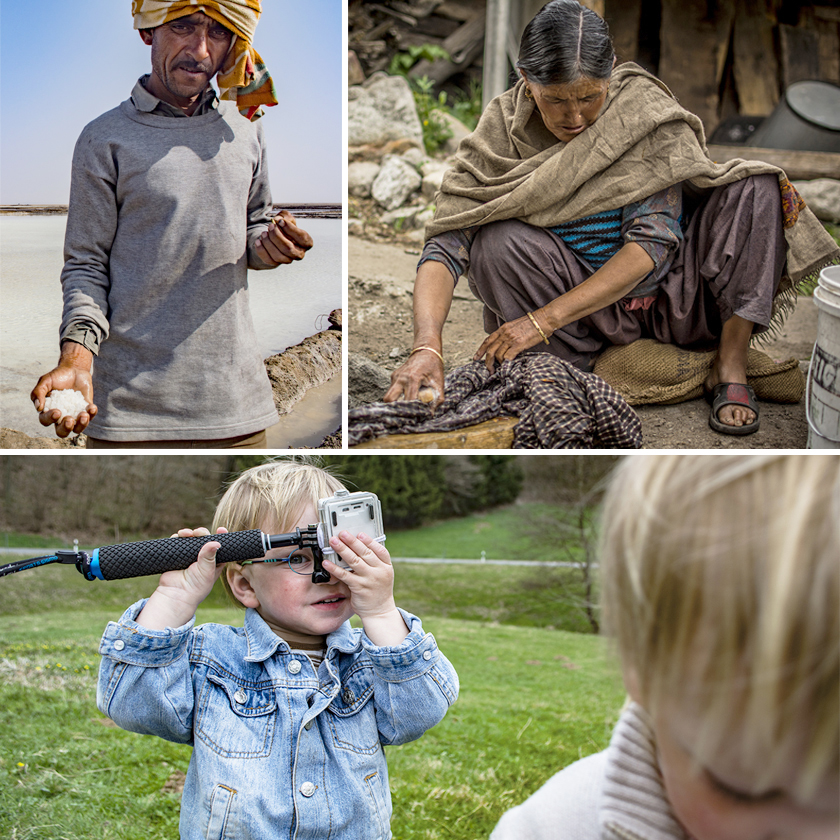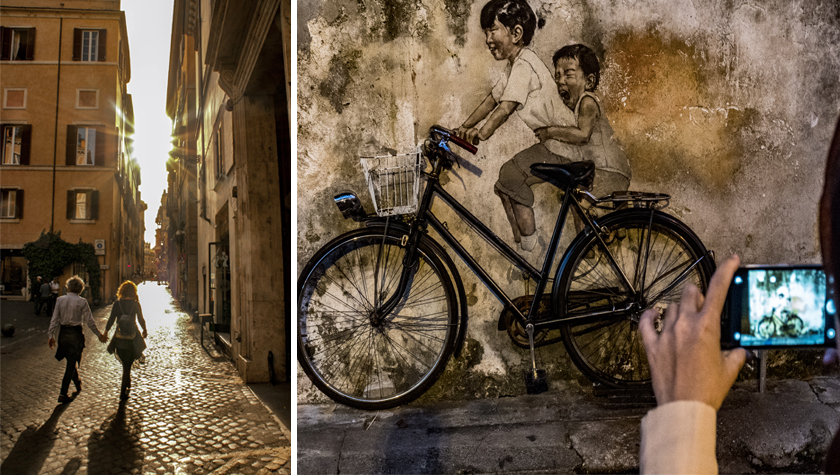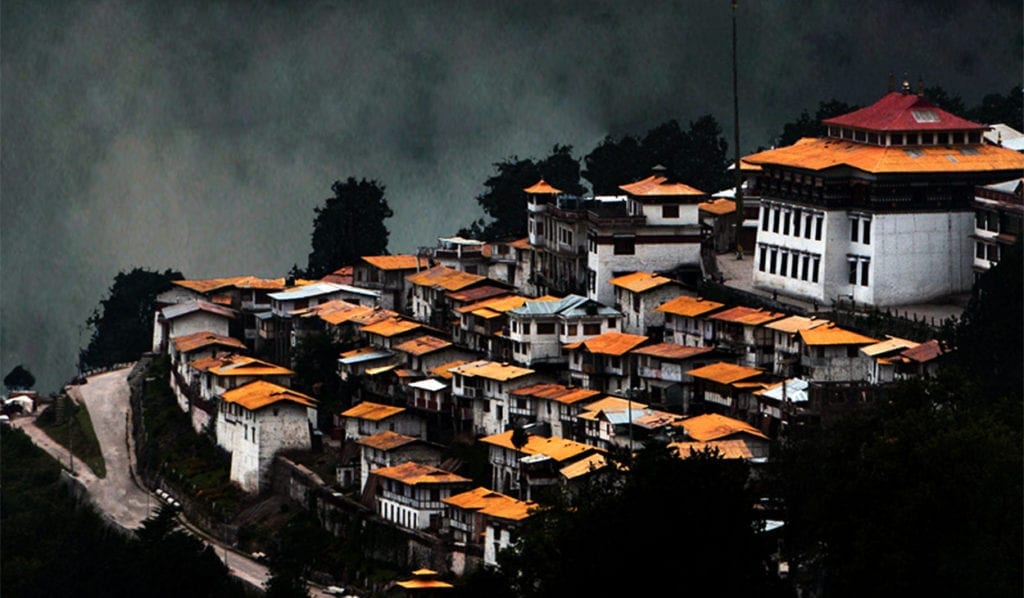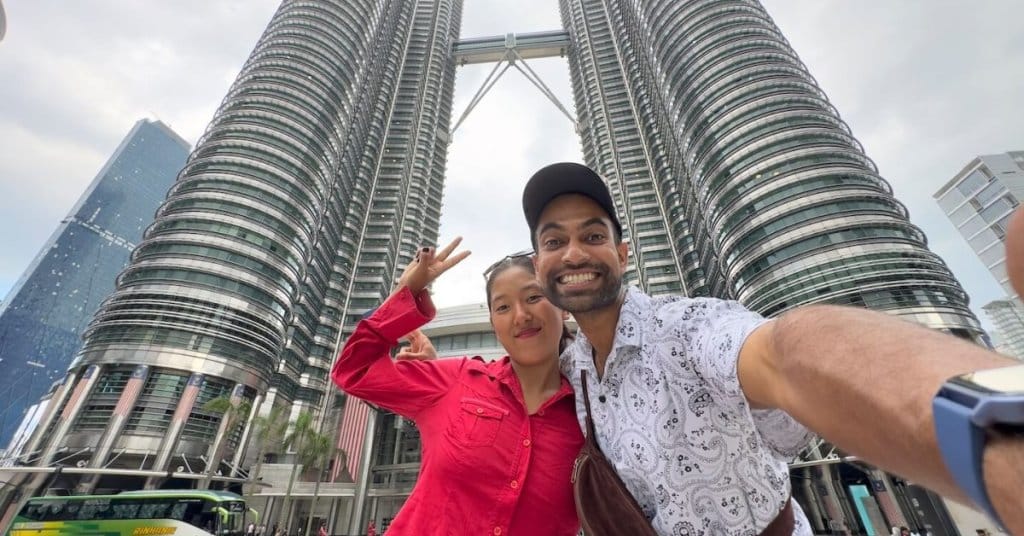Want to improve your travel photography? My suggestion… learn composition!
Though my Instagram account has always maintained a fairly good engagement, my photographs appear in mainstream travel magazines every now and then, and a couple of travel cafes in India have even framed my pictures on their walls, I still believe that I am still learning more about travel photography every day.
Photography is a skill that can only be learned over time. The more you practice it, the more you learn.
Its theory is unbelievably simple, however. Learn the basics of how four things — shutter speed, ISO, aperture and focus work and you will technically accredit yourself as any other photographer out there.
The only problem is, you will have to learn composition, and that, my friend, is a skill that will come to you with time, and as you’ll practice.
I’ve learned is that every destination has its own feel, its own story. For example its the graffiti street art for Penang, romantic sunsets and streets for Europe pictures. Learning how to capture subjects and the feeling of a place helps capture a photograph that others would appreciate. And that’s why learning composition is important.

Travel Photography Composition
The key to impressive travel photography is ‘telling stories’. Your pictures, whether or not look professional, or give an impressive bokeh effect, must look aesthetically good. In other words, they must tell a story.
An easier way to achieve it is by capturing expression and composing the frame in a way it tells a story. For example imagine a worker offering you something in his hand, or a woman washing clothes, or a toddler playing with a camera. They all may make a perfect travel-photo moment, but may not give a good travel-photograph unless you capture the subject’s expression and blend it with the moment to tell a story.
By capturing the emotion or the expression (of the subject) and providing a bit more of what’s happening around in the frame, you add a new dimension to your picture.
Use your imagination, understand what’s important in the scene, and give the frame meaning. Make a story out of it.
For example, in the same frame, if you can make the woman look a bit tired or agitated; the toddler, absolutely consumed at the moment; or the old man, perhaps submitted, they will all just make for a perfect travel photo moment.

Also, read these travel photography tips for beginners for more lessons beyond composition. You may also be interested in reading about my travel photography equipment.
A good composition complements your travel-pictures. A bad composition fails them.
Another way to make an interesting composition, as I’ve learned it, is by complementing your subject or using the subject to show a bigger picture.
A couple walking hand in hand towards a setting sun, to show some warmth and love; or capturing a camera capturing a picture, to give a perspective to the viewer and prove the importance of the background.

The art of learning good composition is crucial in travel photography, particularly if you’re into capturing the life and emotions of a place. But the good thing is when it comes to travel-photography the more you practice, the better and more creative you become.
A Few Basic Composition Rules To Keep In Mind
Written below is my 5-step travel-photography mantra. For now, I’m redirecting some of the terms to another website, for a better explanation but will soon write my reasoning for them, as and when I’ll get time:
Find a subject, apply the rule of thirds, form any (possible) repetition or lines, add more open empty spaces, and tell a story. But sometimes going beyond the rule of thirds make your photo stand out too.
Though understand that there is no right or wrong when it comes to composition, the fact that the human brain loves repetition (hence the repetition of lines in a frame) and definitely no madness (hence more empty space), some basic rules in photography, as mentioned above, should not be disregarded.
And as Lonely Planet has written in their ten golden rules guide you have to “be patient and commit to the image.”

Enough for now. Get your camera’s batteries charged and get going.
A Goodbye Tip: If you’re planning to buy a camera, invest in a mirror-less body, or something equally handy, because it may otherwise be true, but in travel photography, it’s truer that ‘the best camera is the one you can always carry.’
I’ve improved my photography so much since I switched to the mirrorless Sony Alpha A6300L Digital SLR Camera, after using Nikon D5200 for a few years. Thanks to Sony 6300’s compact size, I can carry it anywhere, and experiment in different situations – from trekking to being a pillion on someone’s motorbike.
I’ll recommend a mirrorless to travel photographer, any day!
If you have a question or would like to connect, please find me on Instagram. You can also follow my YouTube channel for video updates.



